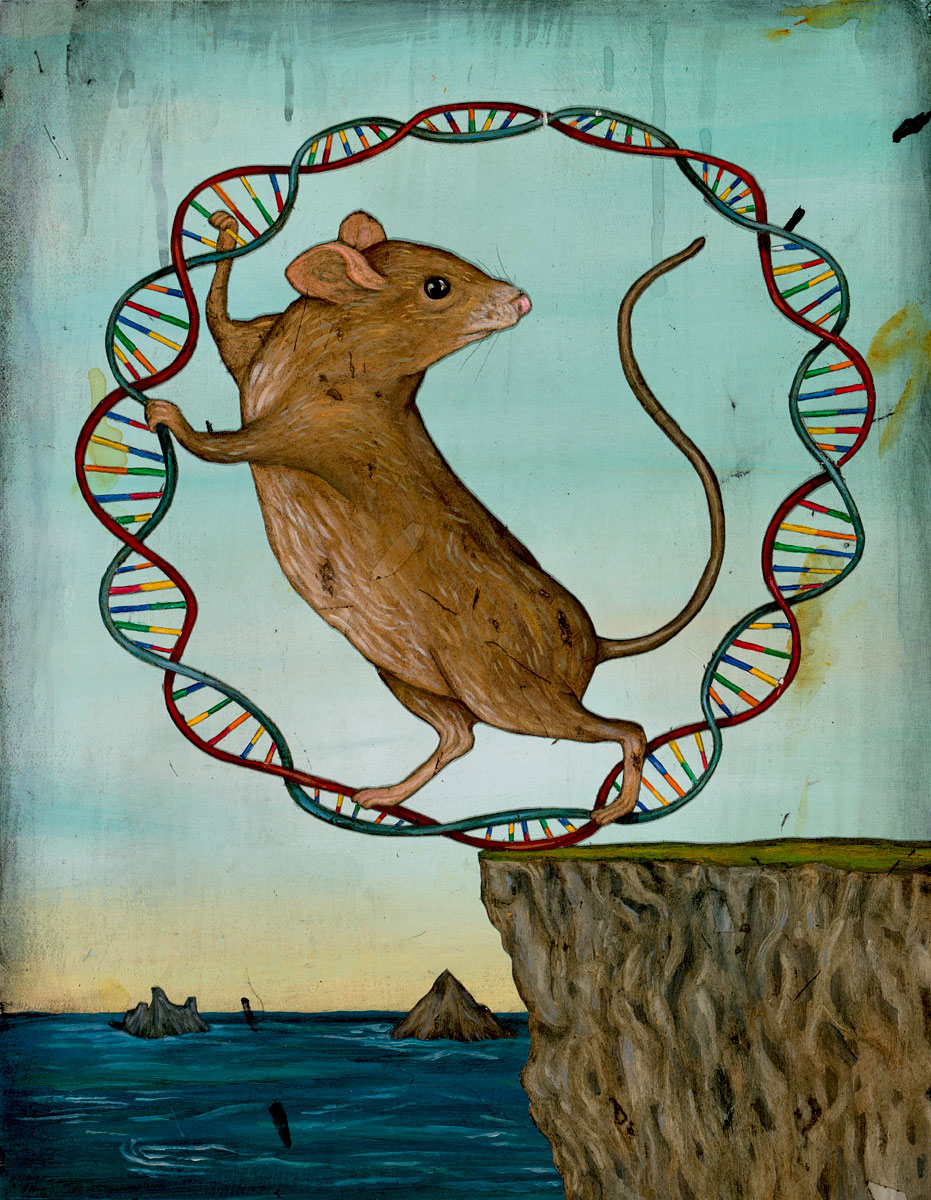By Alison Hawkes, Bay Nature
Every year, as summer turns to fall, the mouse population on the South Farallon Islands explodes to plague-like densities, numbering 490 mice per acre, among the highest found on any island in the world. The scientists who live and work there describe the assault of the invasive house mouse as a kind of purgatory in the otherwise stunning, windswept smattering of rocky islets and sea stacks 30 miles outside the Golden Gate.
“At night they would be everywhere,” says Peter Pyle, a wildlife biologist who spent more than 20 fall seasons living at the research station on Southeast Farallon Island. “I had them crawling on top of me at night and in my hair. I tried to mouse-proof the house but we’d catch 50 mice in the night.”
Read the complete story at Bay Nature.










